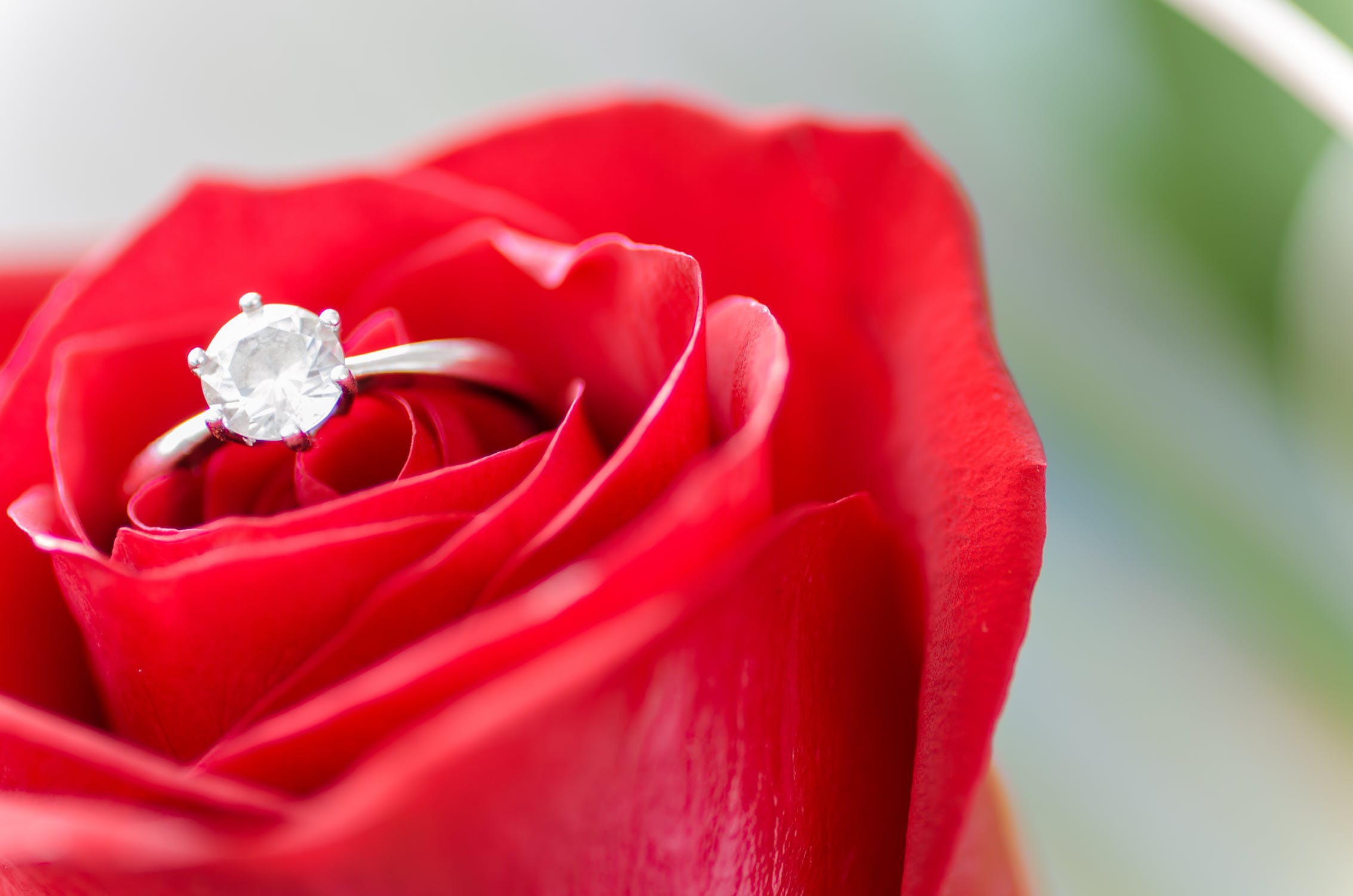What is a Conflict Diamond?
Like many industries in the world, the diamond industry has become a global community, and in the past 10 or 15 years, deserved attention has been focused on an alarming reality of diamonds purchased in certain parts of the world.
Conflict diamonds (also called war diamonds or blood diamonds) refer to diamonds that come from regions controlled by groups opposing sanctioned and legitimate governments. These groups often take the form of “warlords” or rebel insurgency groups. Because of the power these groups wield, monies used to purchase diamonds from these regions can often be used for the funding of military violence and human rights abuses; hence, “conflict” diamonds.
Historically, the majority of conflict diamonds have come from African nations with unstable governments, such as Angola, Liberia, and Sierra Leone.
The Fight against Conflict Diamonds
The international community has come together to condemn the sale and purchase of conflict diamonds due to their potential to fund violence. In 2000, the World Diamond Council was formed in Antwerp. This Council, along with the United Nations, developed what is known as the Kimberley Certification Process Scheme (KCPS), named after a famous diamond mine and town in South Africa.
The KCPS imposes an international identification system meant to ferret out and discourage the sale of conflict diamonds. Diamonds certified in this way are an assurance to the purchaser that the stones have not come from a region that would use the purchase money to finance human rights abuses or military violence. The KCPS has been adopted by 75 countries to date.
So far, these efforts appear to have significantly stemmed the influx of conflict diamonds into the marketplace. As a related benefit, the fight against conflict diamonds has aided the economies of war-torn regions, in that it has allowed more legitimate diamonds to be bought and sold.






